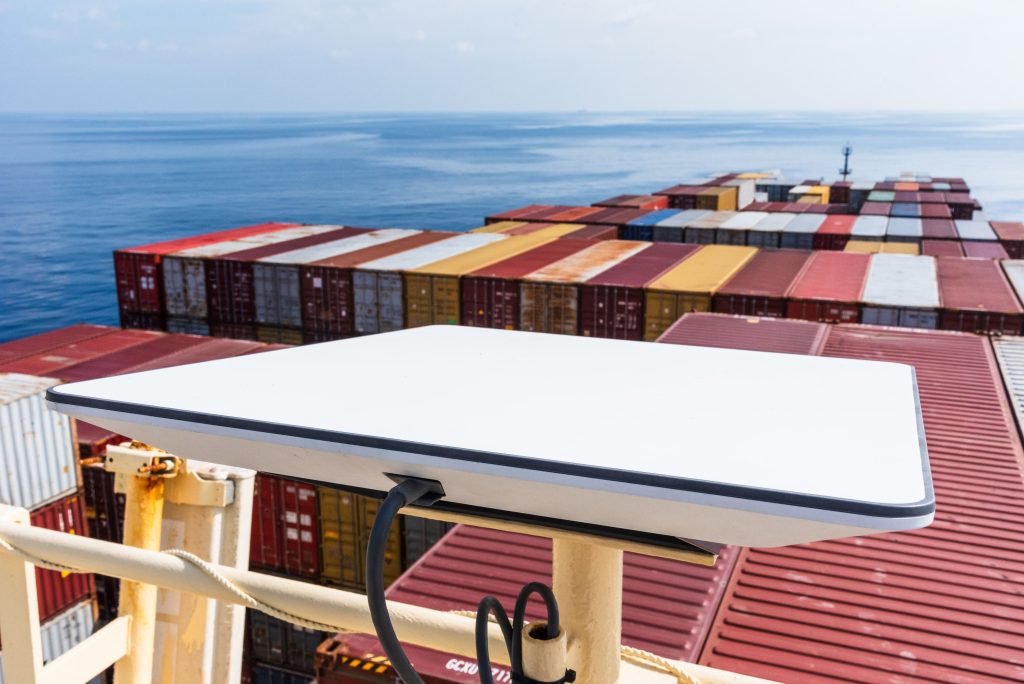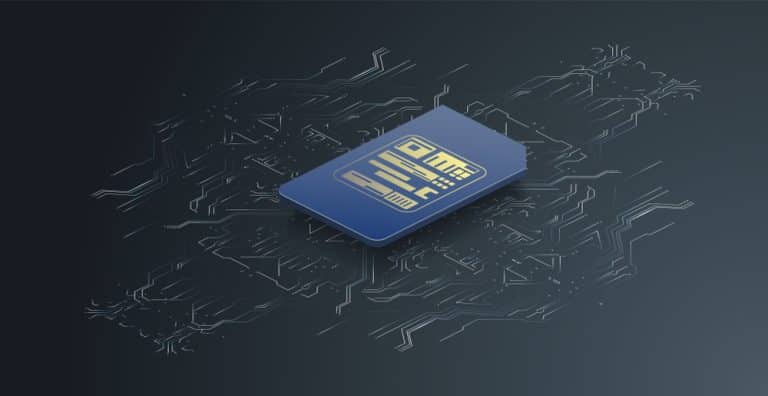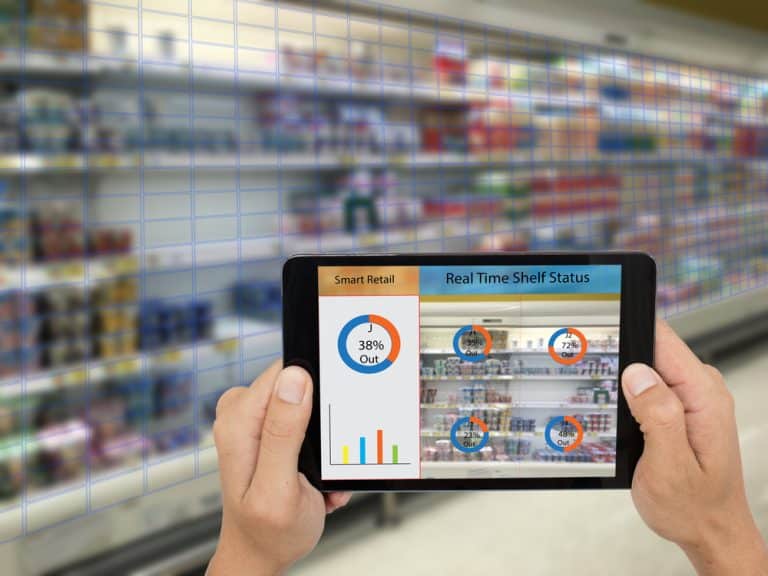While cellular connectivity has long been the backbone for connecting devices, it has limitations in some instances, particularly in remote or geographically challenging locations. This is where satellite connectivity emerges as a powerful and versatile alternative, offering ubiquitous coverage and extending the reach of IoT deployments.
What is Satellite Connectivity?
Satellite connectivity leverages a network of satellites orbiting the Earth to transmit and receive data. Unlike cellular networks that rely on ground-based infrastructure, satellite connectivity can provide coverage in even the most remote areas, including deserts, oceans, and mountains.
How it works
Satellite IoT bridges the gap where traditional mobile networks struggle. Mobile phone signals can be weak or non-existent in remote areas like the Scottish Highlands. This is where satellite IoT steps in. Devices equipped with special satellite communication modules can transmit data directly to satellites orbiting Earth. These satellites then relay this information to ground stations, enabling seamless communication even in remote locations.
Satellite IoT allows devices to bypass the need for terrestrial infrastructure and connect to the internet. This opens up a world of possibilities for IoT deployments in areas where traditional connectivity is unavailable or unreliable.
Use Cases
Maritime Operations: For ships at sea, satellite connectivity provides crucial navigation and safety features like emergency distress calls and enables efficient communication, ensuring safe and reliable operations.
Oil Rig Monitoring: On offshore oil rigs, satellite technology enables real-time monitoring of critical equipment, facilitating predictive maintenance, enhancing safety through rapid emergency response, and improving operational efficiency.
| Cellular | Satellite | |
| Coverage | Strong in populated areas, limited/none in remote/rural areas and oceans. | Near-global coverage is ideal for remote areas, at sea, and challenging terrain. |
| Cost | Generally more affordable, but costs can increase with roaming or high data usage. | Typically, it is more expensive, but costs are decreasing. |
| Speed/latency | Higher data speeds, lower latency. | Lower data speeds and higher latency (improving with newer technologies). |
| Reliability | It can be affected by congestion, outages, and geographical obstacles. | Less susceptible to terrestrial disruptions but can be affected by weather or obstructions. |
The Power of Combining Satellite with SD-WAN
Software-Defined Wide Area Networks (SD-WAN) are changing how businesses manage their connectivity network infrastructure. By aggregating multiple connections, including cellular and satellite, SD-WAN creates a resilient network infrastructure.
Satellite connectivity is a transformative technology for IoT, extending connectivity to previously unreachable locations. By combining it with cellular connectivity and the intelligent management capabilities of SD-WAN, businesses can create robust and resilient network infrastructures that support the uninterrupted operation of their IoT devices.
We understand the unique challenges of some IoT deployments. That’s why we have added satellite connectivity to our offering. We want to give you a full, comprehensive suite of connectivity solutions/s and options for your operations. If you have any more questions or requirements, please get in touch with us below!



